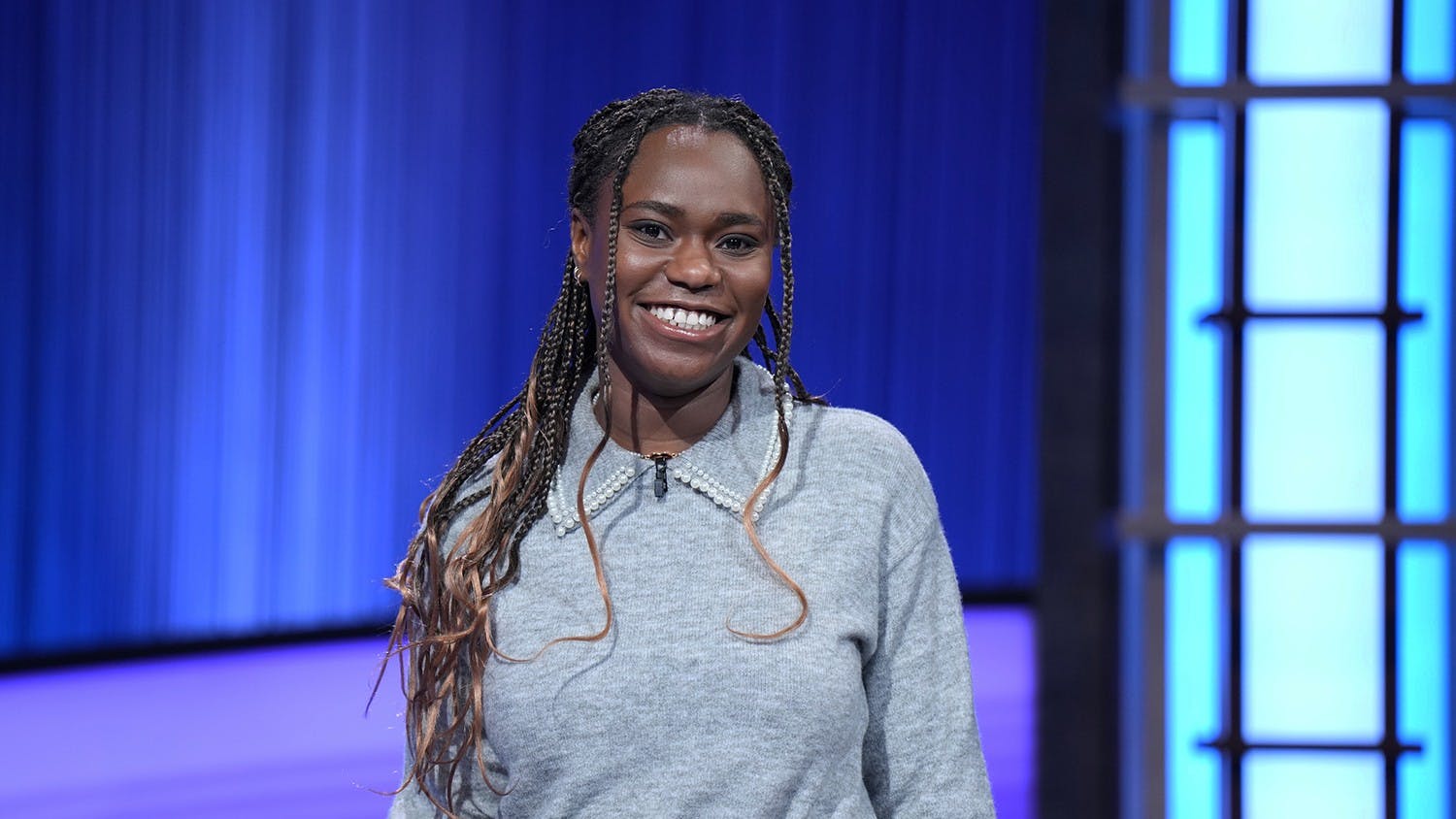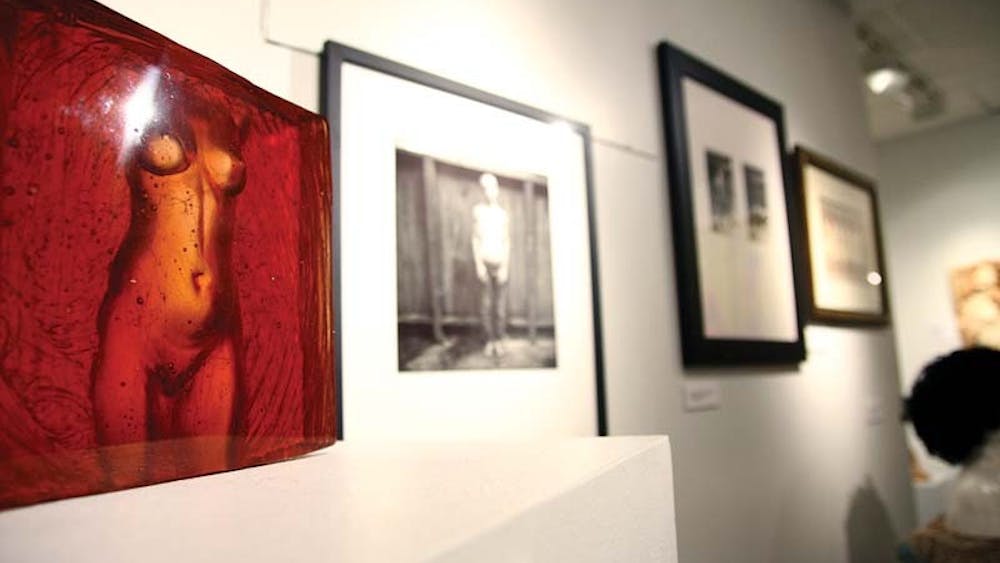Morrison Hall is located in the middle of IU’s campus, resting between Goodbody and Sycamore Halls. Behind the large oak trees that shade its lawn and up the stairs that entice its guests sits the Kinsey Institute for Research in Sex, Gender, and Reproduction, which takes up three of the building’s floors.
When Alfred Kinsey established the Institute in 1947, the author of “Sexual Behavior in the Human Male” and “Sexual Behavior in the Human Female” was not anticipating shattering societal norms and standards regarding sexuality. Attempting only to uncover American perceptions of the concept of “sex” through his famous surveys and Kinsey Reports, the Institute’s Web site said Kinsey broke down religious and societal barriers to release his statistics on American sexuality.
Despite its groundbreaking contributions to science and society more than 60 years ago, the Kinsey Institute still maintains a system of steady research. Today researchers focus on health-related issues rather than shaking the foundations of public morality.
Recent studies at the Kinsey Institute examine cancer survivors and sex; condom use and errors; and influences of hormones on a woman’s brain, as seen in Heather Rupp’s research titled “Brain Imaging and Sexual Attraction.”
As the most junior researcher at the Kinsey Institute, Rupp said she most often faces the challenge of obtaining federal funding for her research.
“There is a government conservative bias against research because it has this uncomfortable ‘why would you study sex, it’s not cancer, why would we give money to that?’” she said.
As a result, Rupp said her research into sex must focus more on health-related issues.
“A lot of people don’t even consider sex research as a science,” she said. “But we are applying the same theories, methods and even more stringent criteria to data because of stigmas attached.”
“Brain Imaging and Sexual Attraction” focuses on hormones and their reaction in the brain from influences of a woman’s processing of her surrounding environment, she said.
Jennifer Bass, Kinsey Institute director of communications, echoed Rupp’s sentiments, citing the taboo of sex as a primary cause for the lack of public and government support.
“The Kinsey Institute is very unique because the topic is sex, so it’s much more controversial than many other places on campus,” she said.
Bass said federal and state legislators have tried to close the Kinsey Institute several times, but have only succeeded in passing bills to cut funding and support.
“Our legislators – the very conservative ones, who have been threatening to close us down for many years – were scared, really, to come in,” she said. “They’ve been invited many times to come and have a tour and talk with us, and I think people are surprised that we’re just a bunch of middle-aged researchers and it’s really not all that sexy.”
Because of political issues, particularly with the current presidential administration, “the word ‘sex’ is very hard to get funding for,” Bass said.
In the Kinsey Institute’s biannual publication “Kinsey Today,” Director Julia Heiman said one of the biggest challenges the Institute faces is funding.
Funding sources for the institute have the ability to withdraw at any given time, she said.
The young Kinsey Institute in the 1940s stayed afloat because of Herman B Wells and his goal of “academics first,” Bass said.
“Herman Wells had told Alfred Kinsey that he had the right to do this research even though it was controversial,” she said. “So, we had a president who created an atmosphere of academic freedom, and that’s the most important part.”
The 1940s and 1950s saw great advances in the way humans interpreted sex, Bass said. Even then, in the 1950s and 1960s, former director Paul Gebhard said in Kinsey Today that religious fundamentalists, and even Communist witch-hunter Sen. Joseph McCarthy, targeted and denounced the Kinsey Institute and its founder.
As the second director of the Kinsey Institute, Gebhard said the first “post-Kinsey book” was entirely statistical and “boring.”
Gebhard said the Institute received help from a man from the National Institute of Mental Health, but the main project faculty had to focus on was processing all of Kinsey’s gathered data.
“The major challenge was getting grant monies to allow us to continue to prove our worth,” he said in Kinsey Today.
Let's talk about sex
Get stories like this in your inbox
Subscribe





